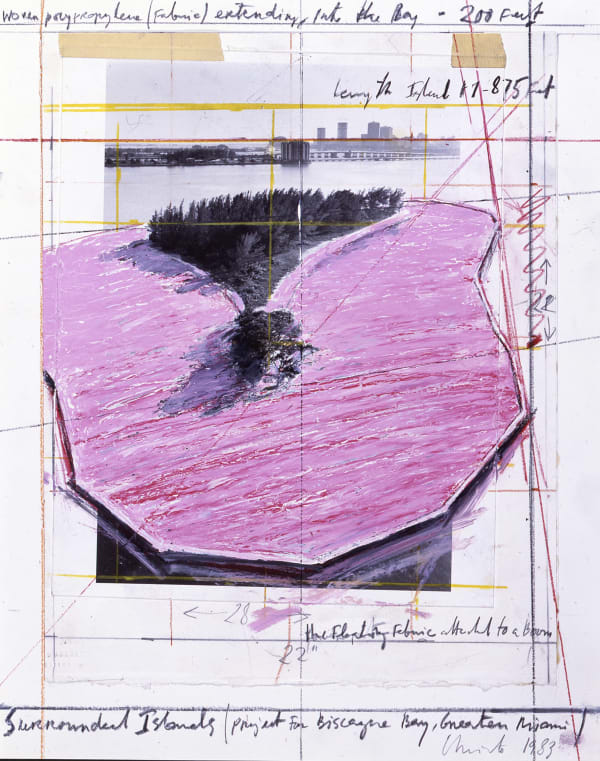Christo & Jeanne-Claude 1935-2023
-

-
Selected Works
-

Christo
Surrounded Islands (Project for Biscayne Bay, Greater Miami, Florida), 1983
-

Christo
Wrapped Women Shoes, 2014
-

Christo
Surrounded Islands (Project for Biscayne Bay, Greater Miami), 1983
-
-
EXHIBITIONS











